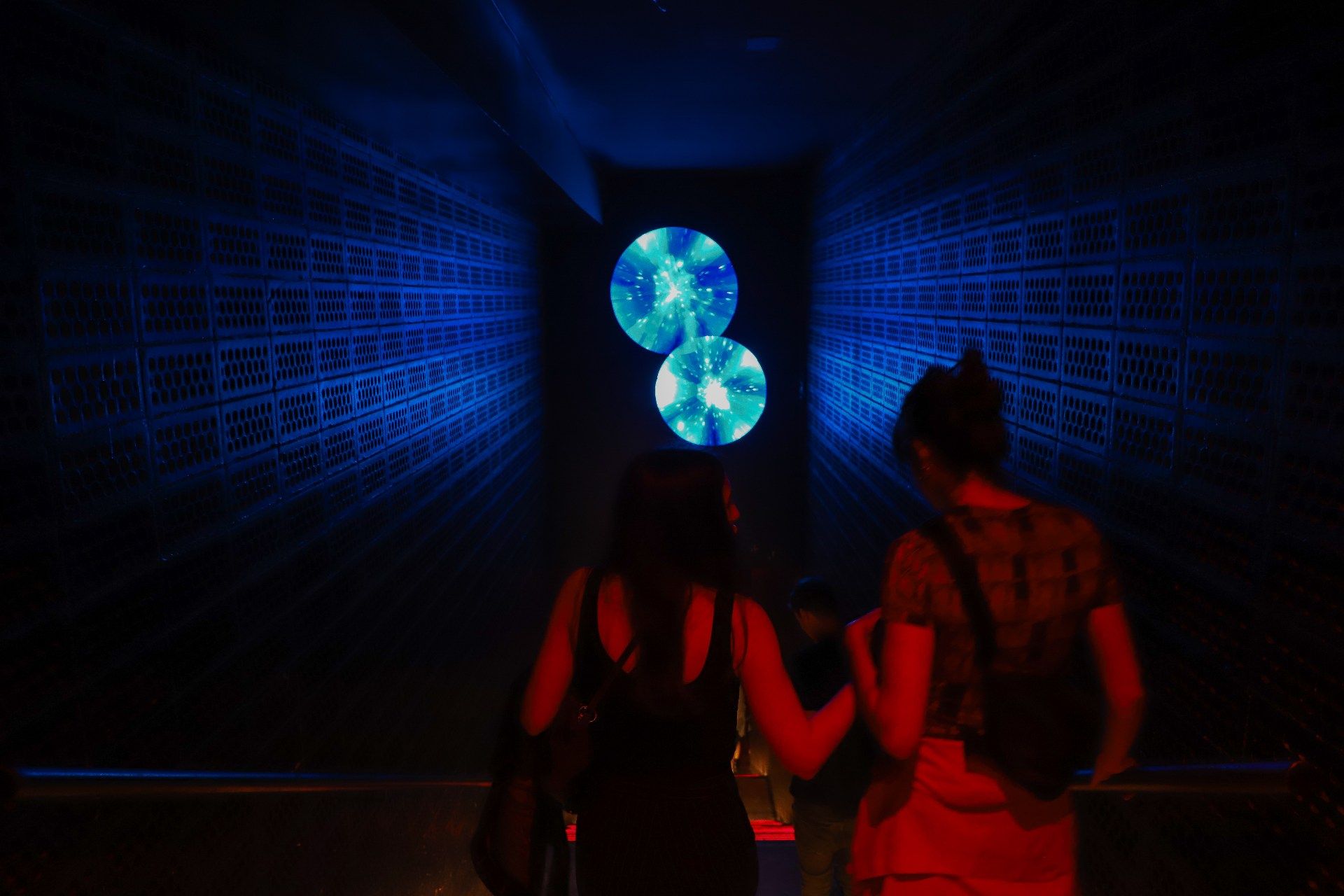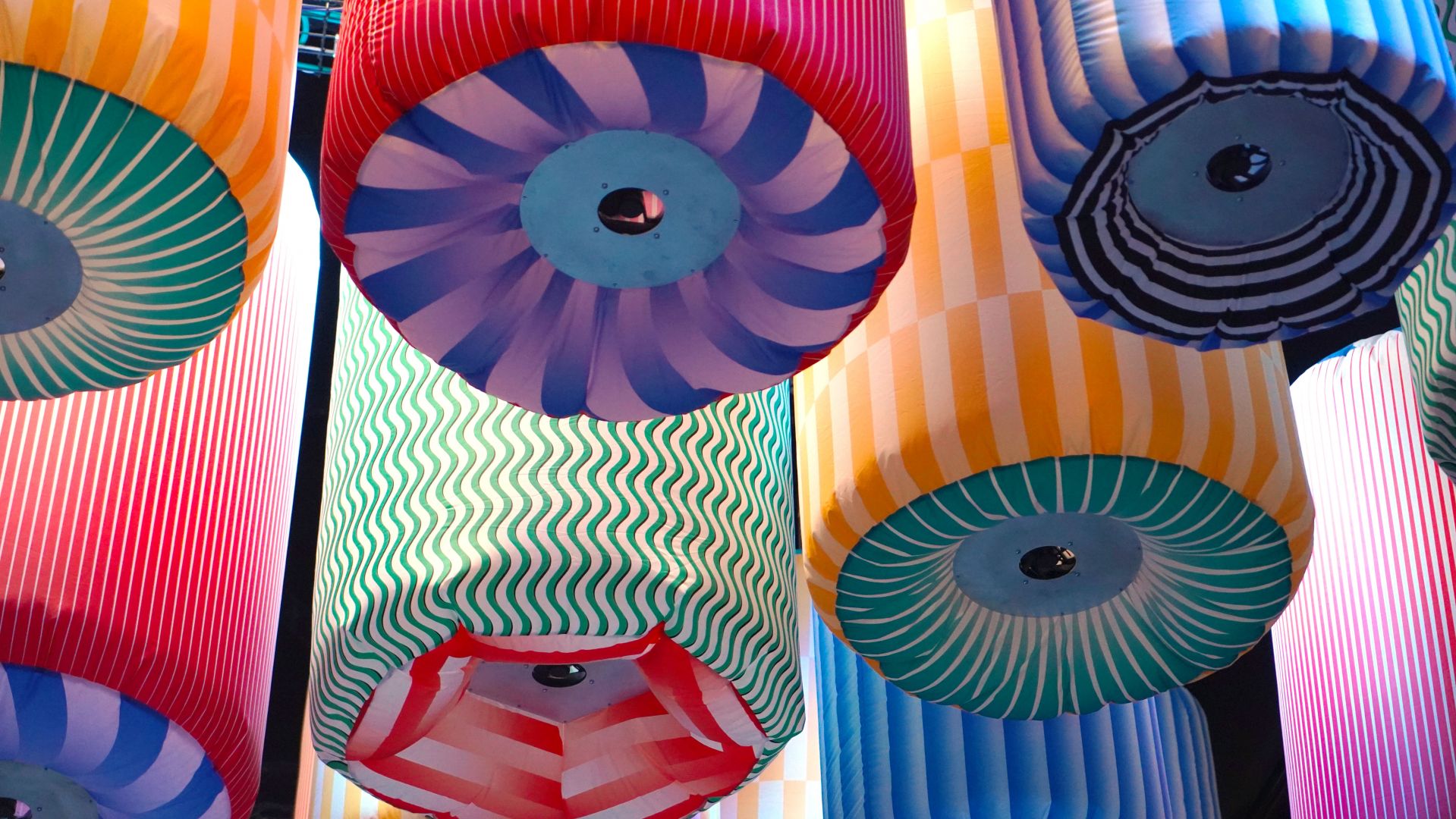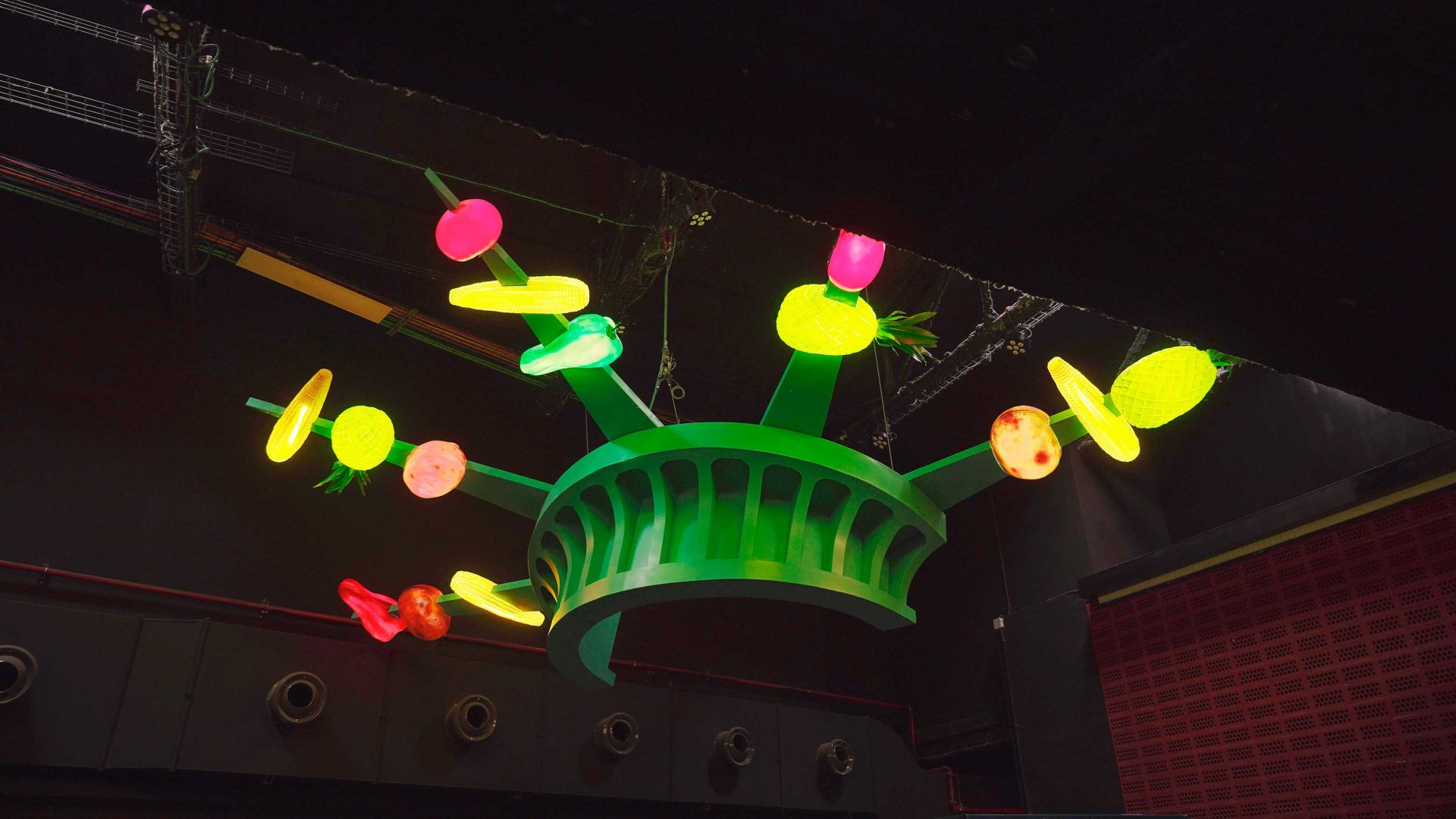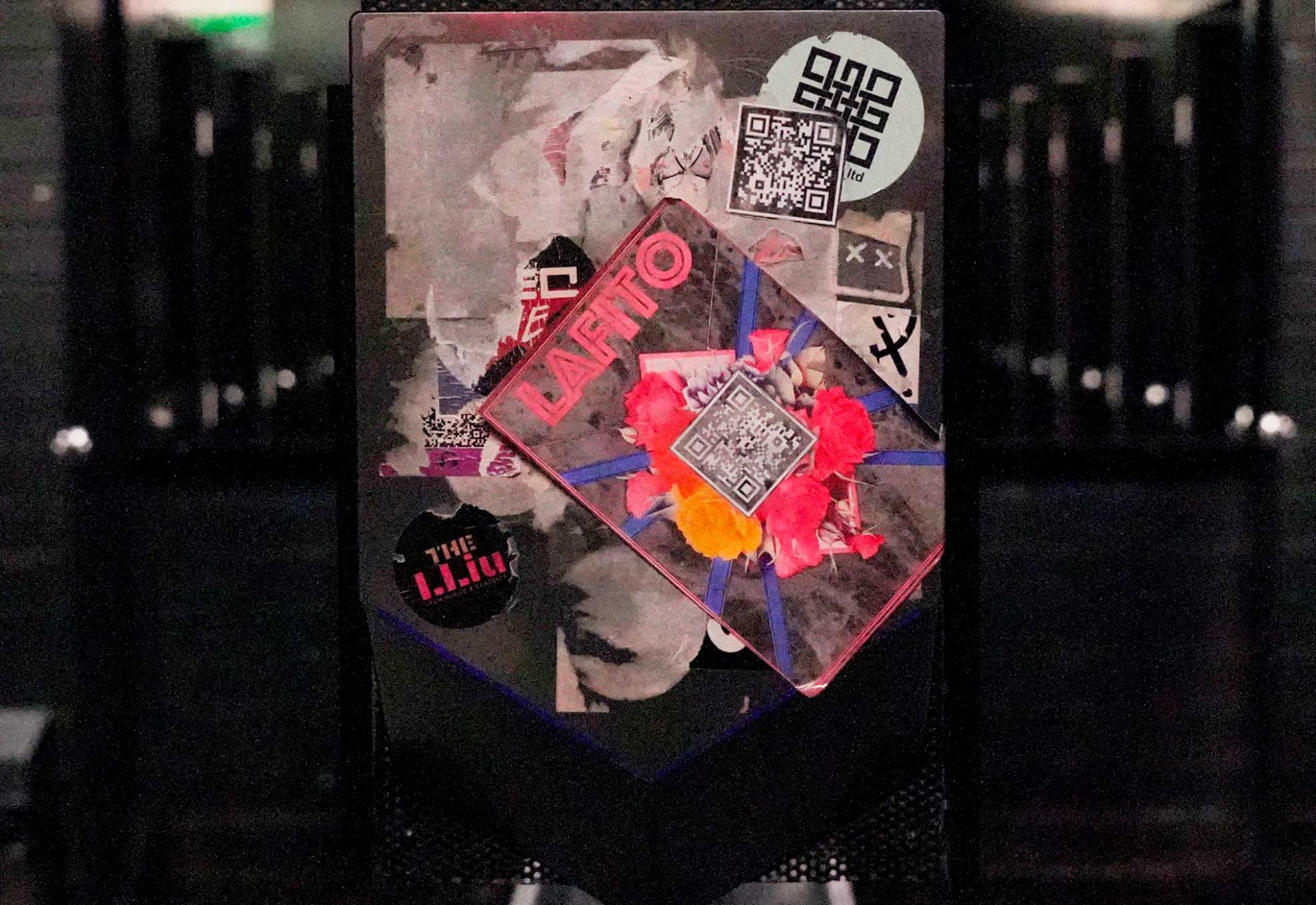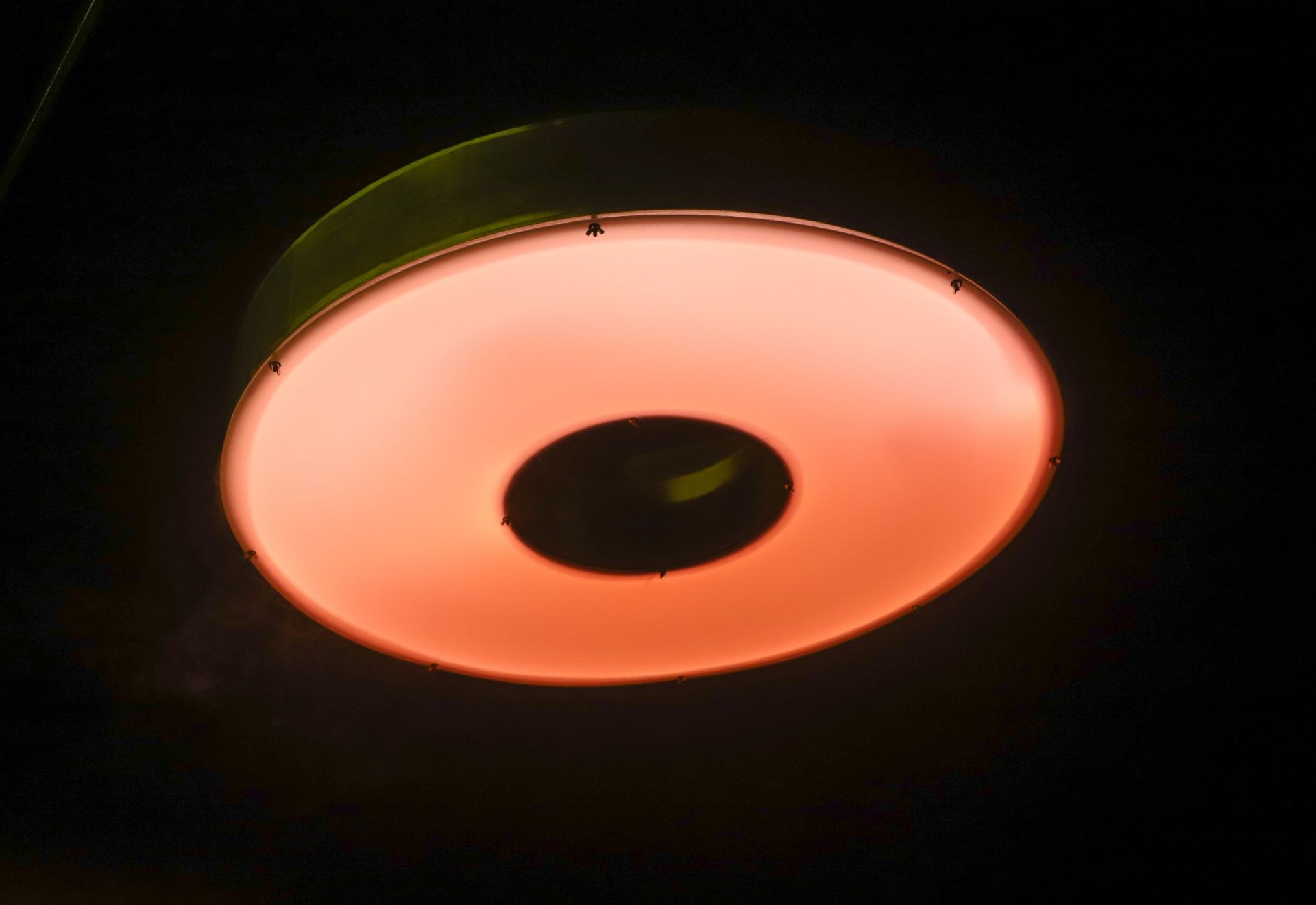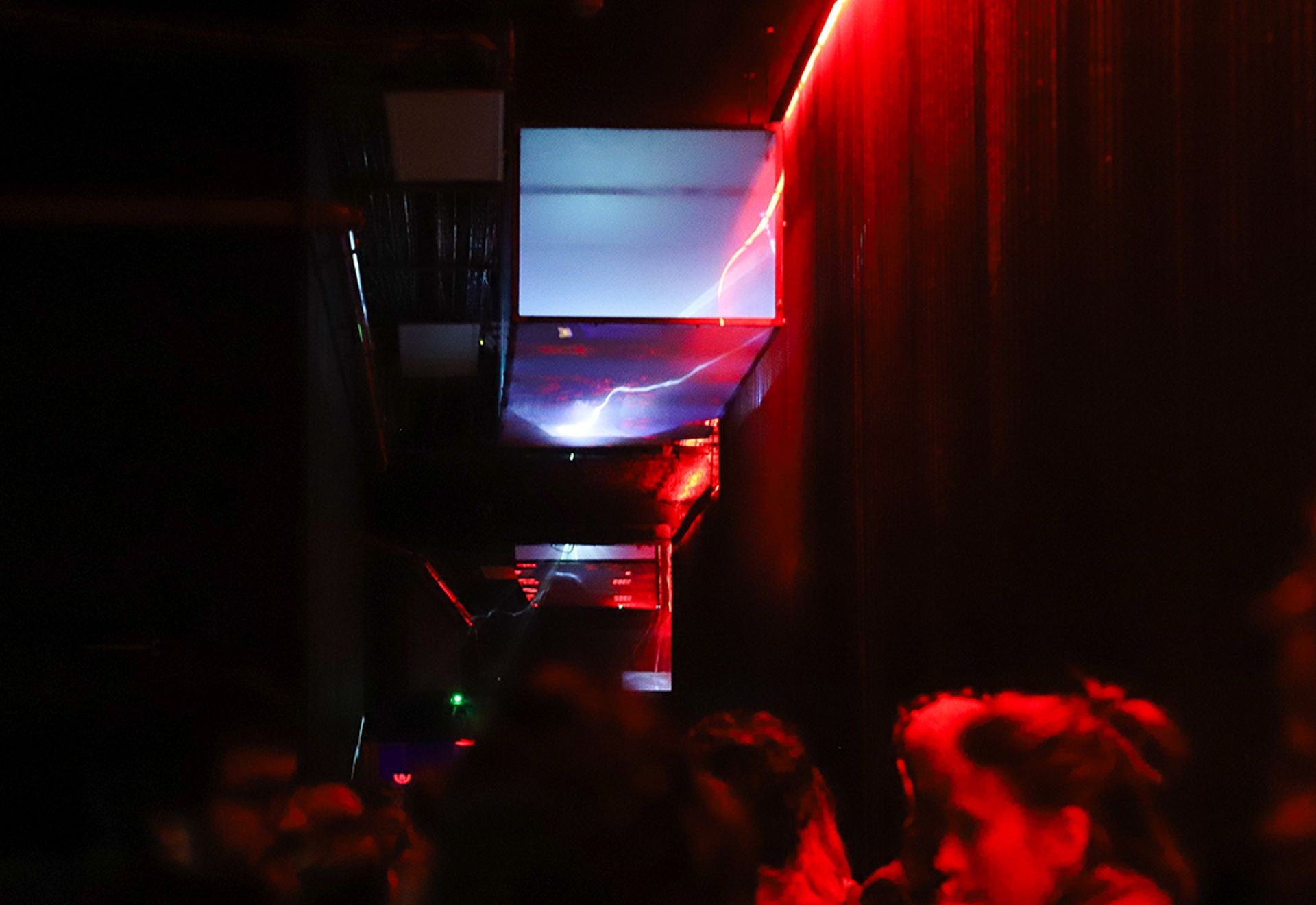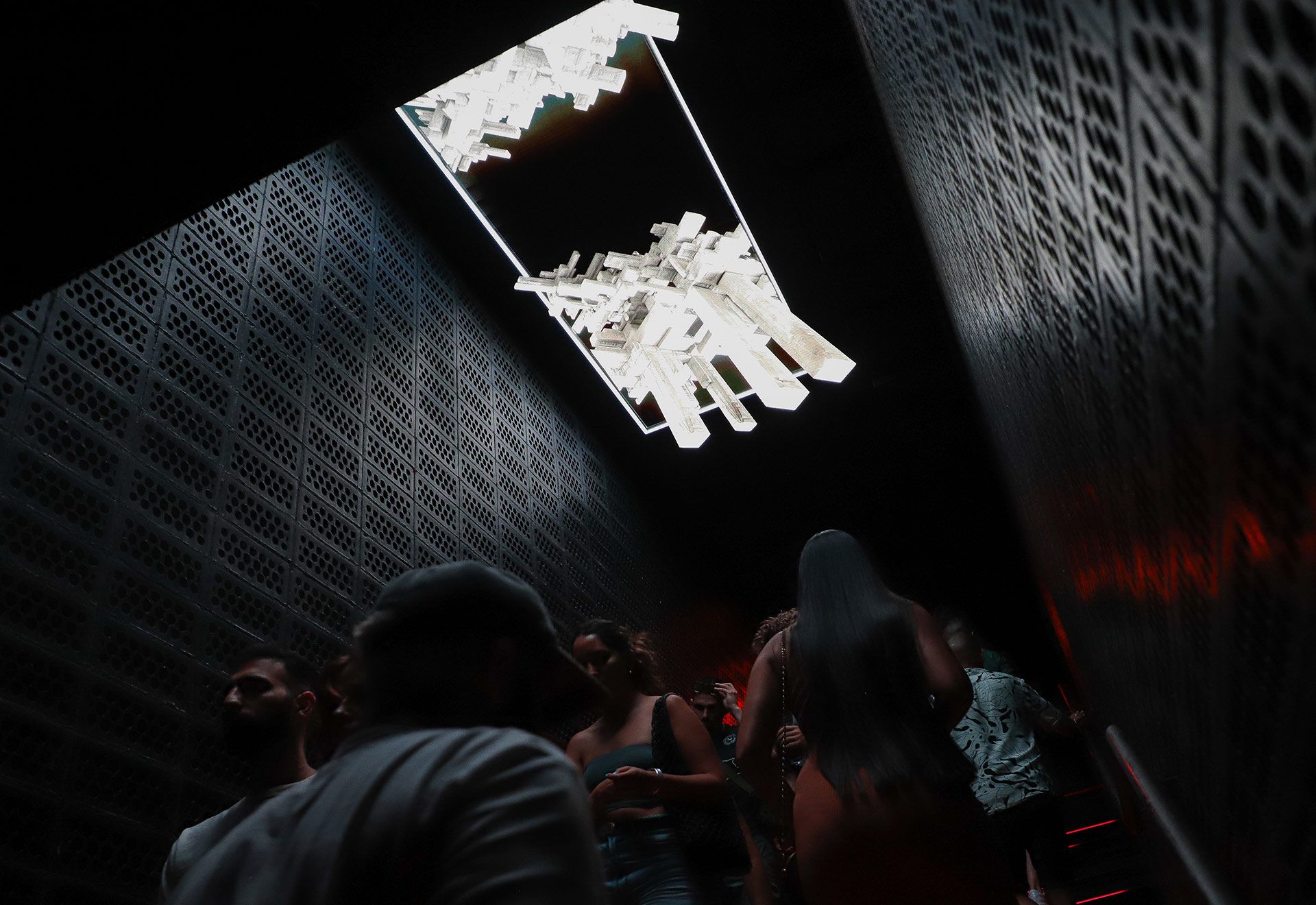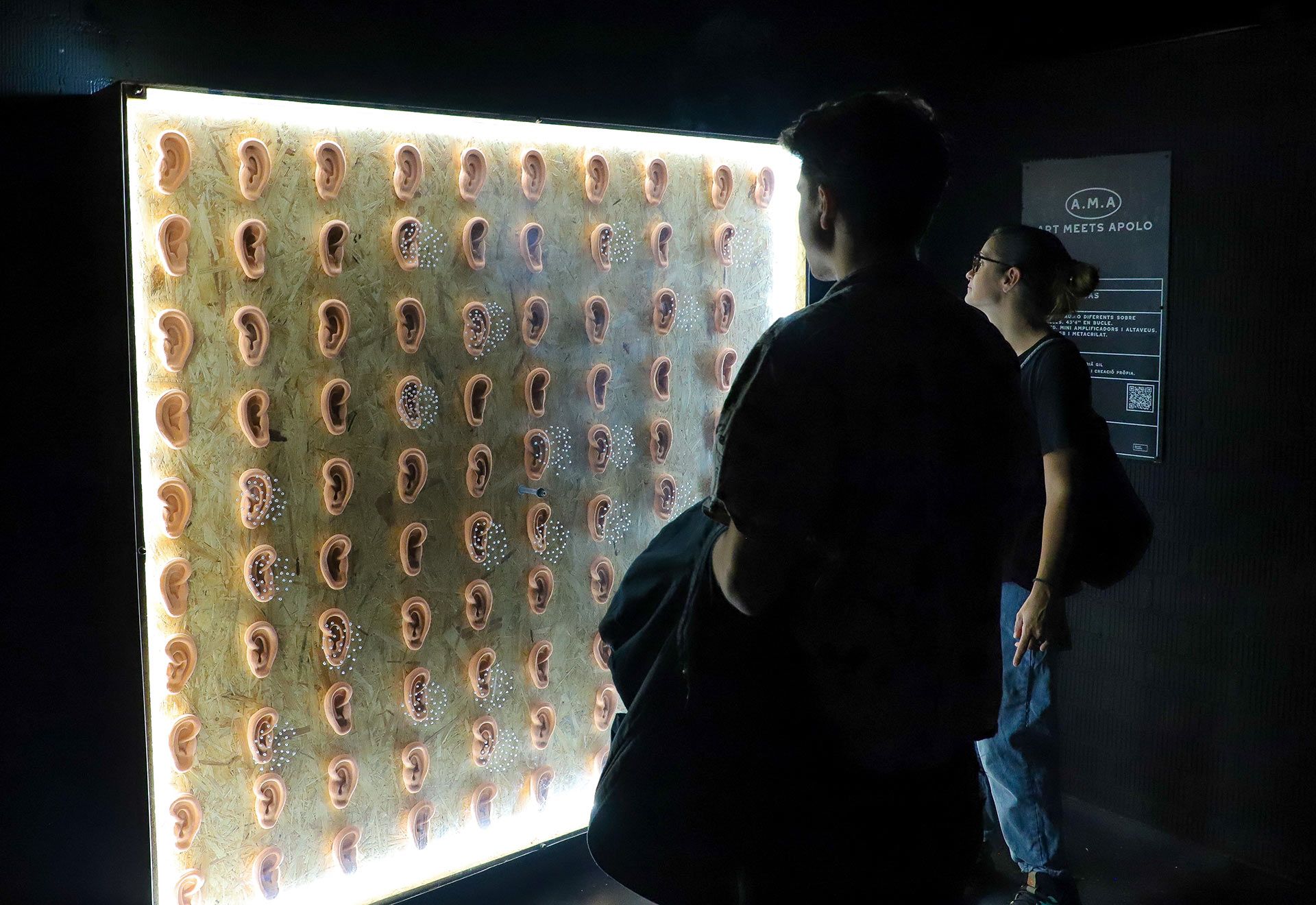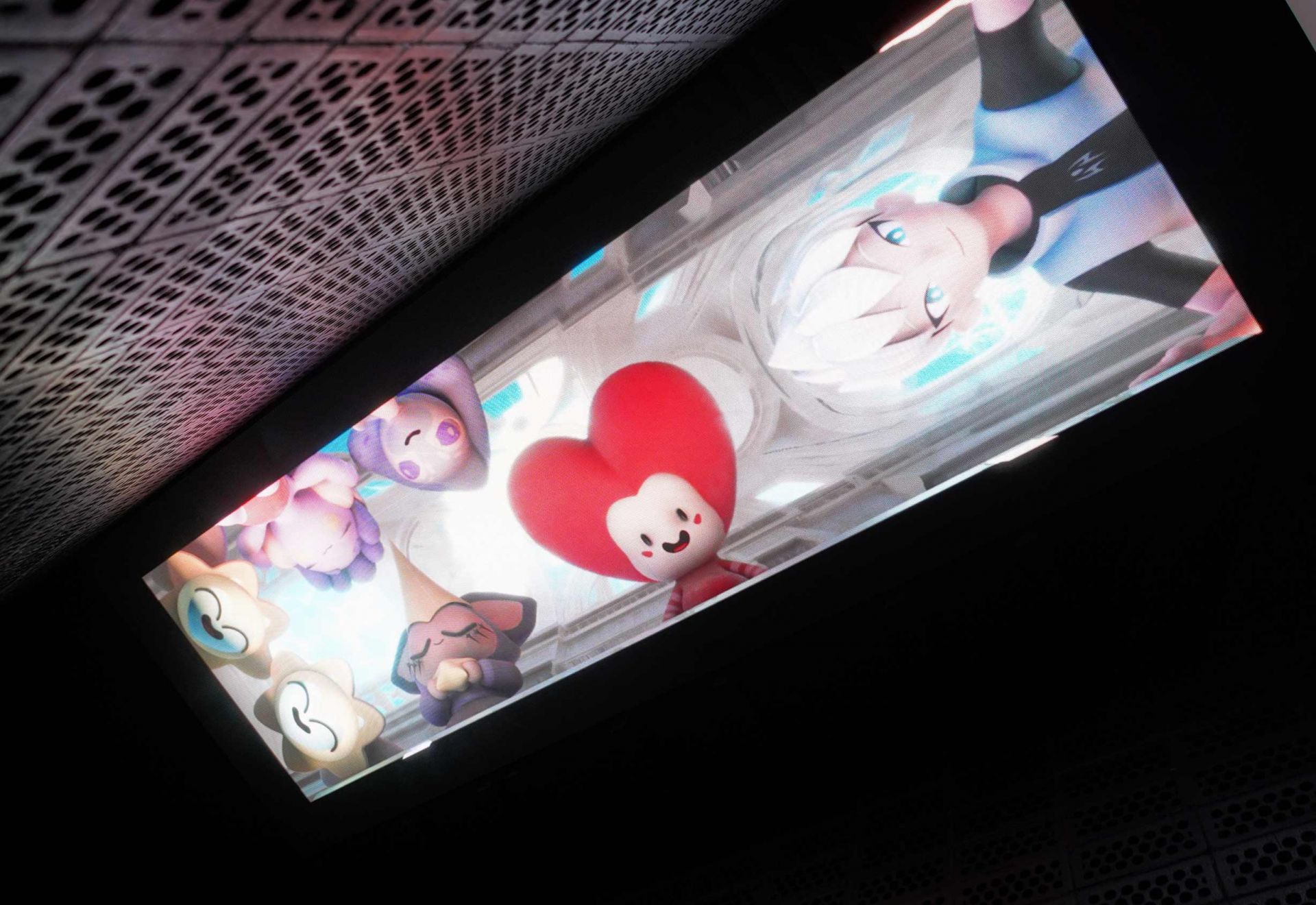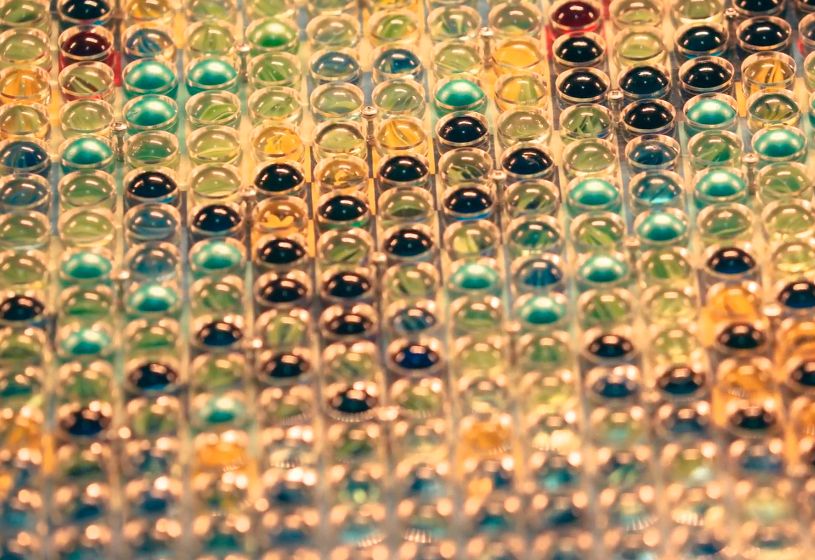ART MEETS APOLO unites clubbing and art in different spaces of the venue
ART MEETS APOLO, a multidisciplinary exhibition project that addresses the relationship between club culture and art through the eyes of different artists from the city.
The art gallery and the club have always existed in constant opposition: while the former is associated with observation and stillness, the other tends to relate to agitation and chaos. However, both are platforms for the personal expression of both the author and the receiver, creating emotionally intense and immersive experiences.
The point of intersection between clubbing and the art world, so intimately linked, is precisely what has pushed the venue to create a project that helps to strengthen ties and experience these realities as a whole.
The proposal has been conceived and coordinated together with the LAB36 gallery and Galeria Senda, bringing together two worlds and their respective artists, audiences, ways of working, knowledge and experiences with a clear and common benefit: local culture.
"[EXISTS IN NON-ENGLISH]" BY SEJAL PAREKH
The British-Indian artist based in Barcelona, Sejal Parekh, presents the work ‘[EXISTS IN NON-ENGLISH]’, a video installation located between La (2) and La (3), which reflects on how language shapes our identities.
The work focuses on everyday actions or life stages - closing a door, brushing our teeth, sneezing, overthinking, folding laundry or dying - that we do without using English, conceived as the dominant language. Moreover, it uses the aesthetics of the illuminated panels of food shops or 24h supermarkets, many of them run by migrants.
"APOLO" BY ARYZ
The large format pictorial artist Octavi Arrizabalaga, known as Aryz, presents the god Apollo in mural format painted directly on the main facade of Apollo. It is a contemporary reinterpretation of the Greek god, symbol of the arts, music and creativity, values that are directly linked to the Paral-lel avenue and the hall itself.
Aryz has represented him with a defiant and self-confident posture, a way to highlight and value the importance of culture in the city of Barcelona. The figure in Apolo is conceived from the fragmentation of the body, the anatomy and the representation of movement, a continuation of the artistic work developed in recent years.
"LIBERTY CROWN BROCHETA" BY MIRALDA
The long-established and renowned multidisciplinary Antoni Miralda reinterprets his artwork Liberty Crown Brocheta, originally created for the New York restaurant El Internacional Tapas Bar & Restaurant (1984-1986), to preside over the hall of Apolo. This Crown of Liberty, made of skewers with food, was first created in 1985.
The piece intertwines history and art, food and power, in a game of proportions where the rays of the crown are transformed into luminous skewers of tomatoes, peppers, corn, potatoes and pineapples; fruits and vegetables that have been part of the Columbian exchange.
“CANIQUES” BY ANNA CARRERAS
Creative programmer and visual artist, Anna Carreras, creates ‘Caniques’: a pattern made from pixel-like coding and physically represented in 10.000 coloured marbles.
The generative artwork, which can be found on a panel located in the corridor connecting the Hall with La (2) and La (3), reflects on the complexity of small gestures and the unpredictable nature that generates unique patterns.
“DREAM TEAM” BY ANDREI WARREN
Andrei Warren premieres the work “Dream Team” on the stairs that connect La (2) and Sala Apolo. A 3D creation digitized by the creative studio Misato Studio where the striking details and the playful and funny expression of the characters stand out to explore the feelings that are often evoked during social gatherings and evening meetings.
“GRID.IO” BY LANDSCAPES
Halfway between choreography and ephemeral architecture, GRID.IO lands in the passageway between La [5] and La [2] as a new kinetic light installation by Landscapes, a leading digital arts agency that creates, curates, and produces audiovisual and immersive projects.
“PRISM” BY LANDSCAPES
The installation PRISM, by Landscapes, transforms La [3] into a living, ever-changing space. The piece engages in dialogue with its surroundings and their vitality: the suspended plants, the shifting shadows, and the light that breathes with the passing of day and night.
ARTWORKS NOT AVAILABLE
✦ “Accumbens” by Pedro Torres
✦ “Apolo Paradís Artificial” by Jordi Gispert Pi
✦ "Psychoflage" by Mónica Rikić
✦ "La Fito. Cantar como una cura posible" by Fito Conesa
✦ "Versus", by A C
✦ “Interpolations”, by Milica Lukic
✦ “Overlap”, by Miroslav Perkovíć
✦ “Soy todo orejas”, by Alba Rihe
